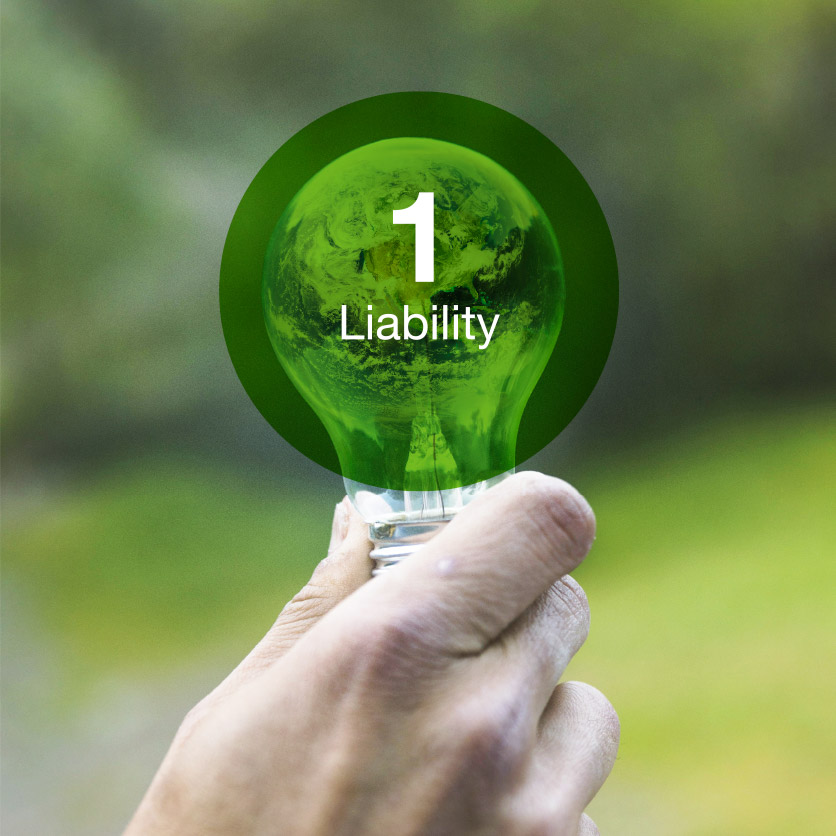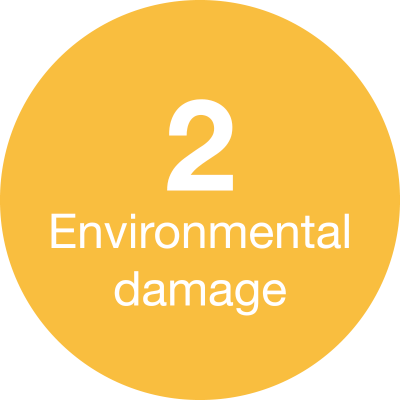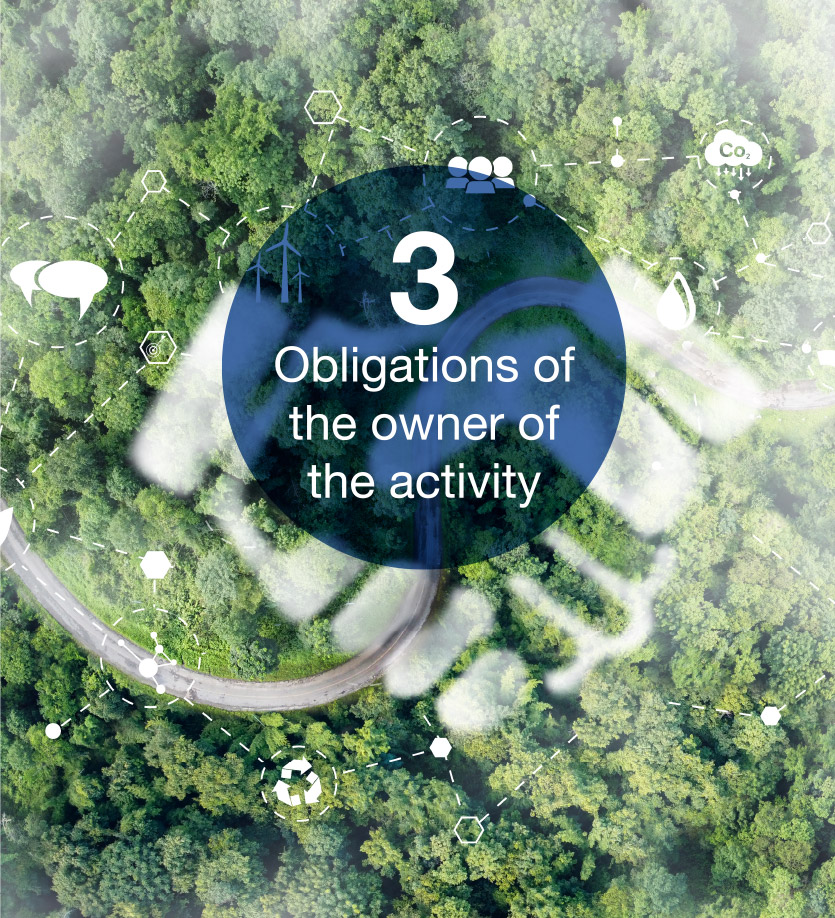Particularities of
Environmental Liability
Main characteristics of this form of liability
- Environmental liability complements civil liability and is enforced by the relevant authority to prevent and repair environmental damage.
- Consequently, Civil Liability for contamination is not governed in this context, but rather is pursued by injured parties through conventional legal channels.
- Two types of claims can be received for the same cause.
- Environmental Liability is imposed objectively and without limit for the damage itself, without needing to be tied to a breach of environmental regulations.


Damage as defined by the Act is damage caused to:

Wild species and protected habitats: any type of damage.

Water, whether surface or groundwater: any type of damage.

Shores, of the sea and rias: any type of damage.

Soil: contamination only.

- Prevent imminent damage: must carry out, at its own expense, all necessary actions to prevent the damage from occurring.
- Minimise the extent of the damage already caused: must take all necessary actions to prevent the damage from worsening, minimising its consequences.
- Repair the damage: must do everything necessary to return natural resources to their basic state. PRIMARY and COMPLEMENTARY REPAIR, and compensate with other actions for the temporary loss of enjoyment of the resources, i.e. COMPENSATORY REPAIR.
- Inform the relevant authority at all times.
None of these actions can be replaced by financial compensation. The full text of the Environmental Liability Act and the Partial Development Regulation can be consulted in:
• ACT 26/2007, of 23rd October, on Environmental Liability, updated in July 2014.
• ROYAL DECREE 2090/2008, of 22nd December, approving the Regulation that partially implements Act 26/2007, of 23rd October, on Environmental Liability.
